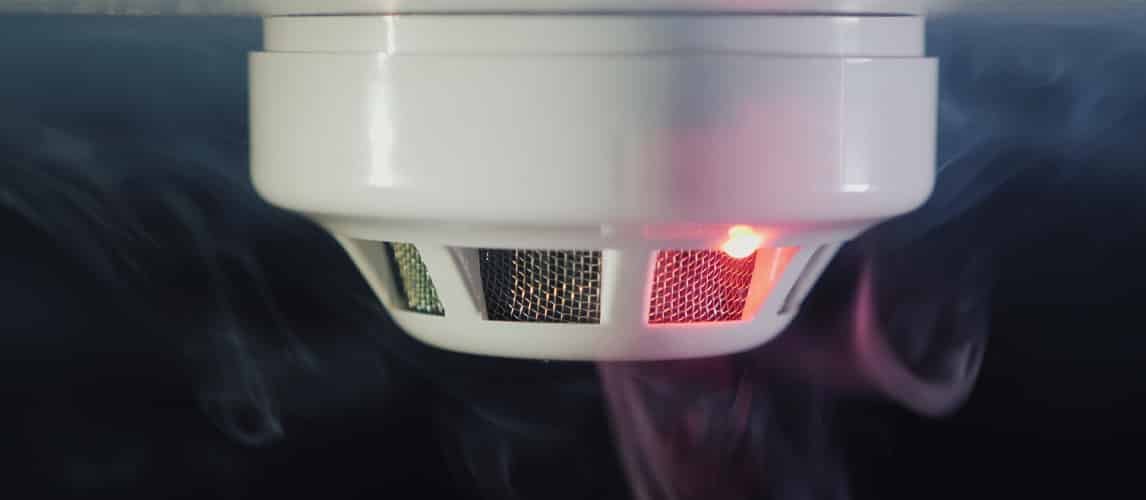Does an oil furnace produce carbon monoxide? No one ever thinks it will happen to them. Carbon monoxide poisoning is often called the “silent killer” because it is odourless, colourless, and tasteless. You can’t see, smell, or taste it, but it can kill you. Thousands of people are poisoned by carbon monoxide gas from malfunctioning appliances, generators, and vehicles every year.
Oil furnaces are a common source of carbon monoxide poisoning. If your furnace is not functioning correctly, it can release carbon monoxide into your home. This article will discuss how oil furnaces produce carbon monoxide and how to prevent it.
How Does an Oil-Burning Furnace Work?
Your house receives delivery of liquid heating oil, which travels down in your oil storage tank. The oil travels from the tank through a pipe and into the furnace, where the system burns it to generate heat.
The furnace has a combustion chamber where it burns the oil. The hot gases produced by the burning oil travel through a series of metal pipes called flues. These flues vent the hot gases outside your house.
If your furnace is not functioning correctly, it can release carbon monoxide into your home. The most common cause of this is a cracked heat exchanger. The heat exchanger is a metal chamber in the furnace where the burning oil produces hot gases. These gases are then circulated through the flues and out of the house.
Additionally, cracked heat exchanger can leak carbon monoxide into your home. It is a severe safety hazard because you can’t see, smell, or taste carbon monoxide gas. So, call a qualified technician to inspect it immediately if you suspect that your furnace may be leaking carbon monoxide.
What is Carbon Monoxide, and Why is It Dangerous?
Carbon monoxide (CO) is a gas produced when you burn certain fuels. Oil furnaces, gas furnaces, gas water heaters, gas stoves, and fireplaces are all familiar sources of CO in the home.
CO is a colourless, odourless, and tasteless gas. You can’t see, smell, or taste it, but CO is very dangerous. Breathing in CO gas prevents your body from getting the oxygen it needs to function correctly.
If you are exposed to high levels of CO, it can cause serious health problems and even death. Symptoms of CO poisoning include headache, dizziness, nausea, and vomiting. If you experience these symptoms, get fresh air immediately and seek medical help.
Where Does The Carbon Monoxide in My Furnace Go?
The carbon monoxide your furnace produces goes up the chimney, and the hot gases from combustion. As a result, it’s crucial to have a well-functioning chimney. A cracked or blocked chimney can cause CO to build up in your home.
If you have an oil-burning furnace, make sure to have it checked regularly for leaks. You should also have fresh batteries in your smoke detectors. If you suspect your furnace is leaking CO, call a qualified technician to inspect it immediately.
How to Prevent Carbon Monoxide Poisoning
There are several things you can do to prevent CO poisoning in your home:
- Install a carbon monoxide detector. A CO detector will alarm if high CO levels are present in your home.
- Have your oil furnace checked regularly for leaks.
- Make sure your chimney is in good working condition.
- Don’t use your stove or oven to heat your home.
- Don’t leave your car running in an attached garage.
Conclusion
If you suspect you have been exposed to carbon monoxide, get fresh air immediately and call for medical help. CO poisoning is a severe health hazard that can be fatal. By taking some simple precautions, you can prevent CO poisoning in your home. For any furnace problems, you can call Furnace Repair Toronto to get it checked and repaired by a professional. Stay safe this winter!

